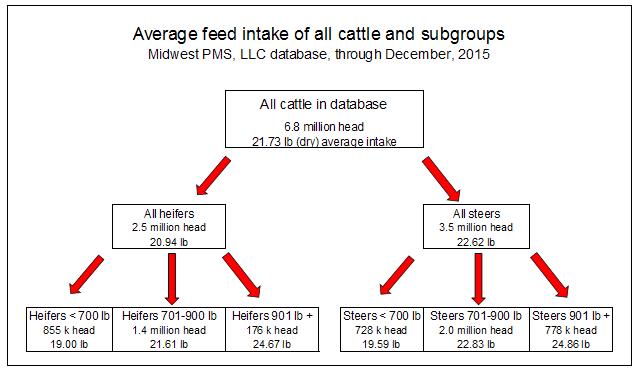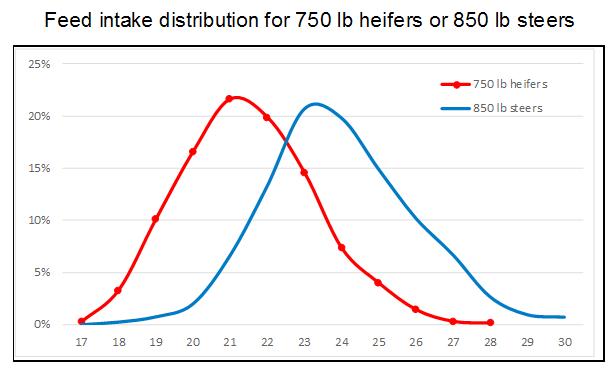
1 minute read
Understanding Medicated Feeds Part Two – Day to Day Variation
By: Dr. Pete Anderson, Midwest PMS, LLC
Introduction:
As the cattle feeding industry prepares for application of Veterinary Feed Directive (VFD) regulations, cattle feeders and veterinarians will need to know more about how much cattle eat, how medications are delivered in feed and what is necessary to work under the new regulations. This Technical Update is part of a series to help with that understanding.
Medicated feed additives must be fed according to label restrictions approved by the FDA. Labels specify that feed additives are delivered to cattle either on a grams of medication per ton of feed basis (g/t), or a mg of medication per head per day basis (mg/hd/d).
Some labels include both measures and most labels include a range around one or both measures. One way to think of it is a g/t label means “dosing the feed” and a mg/ hd/d label means “dosing the cattle”.
To properly administer medications either way, a cattle feeder must know how much feed the cattle will eat. Part One of this series detailed predictable difference in feed consumption due to known factors like sex and placement weight.
On average steers eat more than heifers and heavy cattle eat more than light cattle as depicted in chart 1, using data from the Midwest PMS performance database. It is clear from this example that a diet formulated to deliver the proper amount of medication to a pen of light heifers, could miss the mark for a pen of heavy steers, or vice versa.

There are other known factors that have predictable effects on feed consumption. For example, cattle that consume flaked corn will eat less on average than those eating dry rolled or high moisture corn.

Another source of variation is seasonality with cattle generally consuming more feed when there are more hours of daylight.
There are also sources of variation that cannot be pre-










